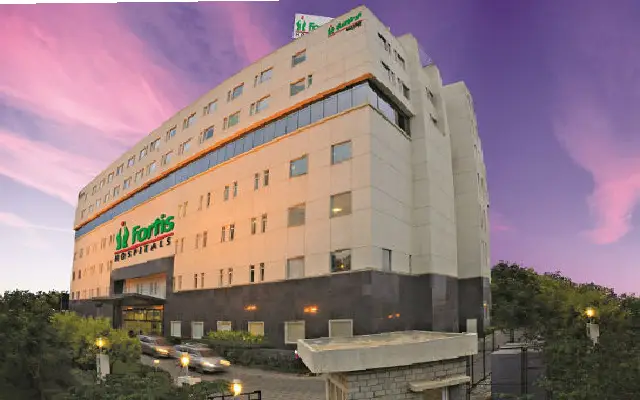GSLV-D6 rocket carrying India’s latest communication satellite GSAT-6 lift off today from Sriharikota. ISRO just gave a thumbs up reporting that the GSAT-6 has successfully been placed in geosynchronous orbit.  The 29-hour countdown for the launch of India’s latest communication satellite GSAT-6 began on August 26 at 1152 hours. The launch of Geo-synchronous Satellite Launch Vehicle (GSLV) D6 carrying GSAT-6 was scheduled at 1652 hours for August 27 from Satish Dhawan Space Centre at the spaceport of Sriharikota in Andhra Pradesh. GSAT-6 is the 25th geostationary communication satellite of India built by ISRO and 12th in the GSAT series.
The 29-hour countdown for the launch of India’s latest communication satellite GSAT-6 began on August 26 at 1152 hours. The launch of Geo-synchronous Satellite Launch Vehicle (GSLV) D6 carrying GSAT-6 was scheduled at 1652 hours for August 27 from Satish Dhawan Space Centre at the spaceport of Sriharikota in Andhra Pradesh. GSAT-6 is the 25th geostationary communication satellite of India built by ISRO and 12th in the GSAT series.
GSAT-6 provides communication through five spot beams in S-band and a national beam in C-band for strategic users, ISRO said. The cuboid shaped GSAT-6 has a lift-off mass of 2117 kg. Of this, propellants weigh 1132 kg and the dry mass of the satellite is 985 kg, it added. One of the advanced features of GSAT-6 satellite is its S-Band Unfurlable Antenna of 6 m diameter.
This is the largest satellite antenna realised by ISRO. This antenna is utilised for five spot beams over the Indian mainland. The spot beams exploit the frequency reuse scheme to increase frequency spectrum utilisation efficiency, ISRO said.
ISRO said after satellite’s injection into GTO (Geosynchronous Transfer Orbit) by GSLV-D6, ISRO’s Master Control Facility (MCF) at Hassan takes control of GSAT-6 and performs the initial orbit raising manoeuvres by repeatedly firing the Liquid Apogee Motor (LAM) on board the satellite, finally placing it in the circular Geostationary Orbit. After this, deployment of the antenna and three axis stabilisation of the satellite will be performed. GSAT-6 will be positioned at 83 deg East longitudes, it added. The mission life of the satellite is for nine years.
On August 27, 2015, ISRO successfully launched the GSLV-D6 spacecraft carrying the GSAT-6 satellite into orbit.
GSLV-D6 is the ninth flight of India’s Geosynchronous Satellite Launch Vehicle (GSLV). It is also the fifth developmental flight of GSLV. This is the third time the indigenously developed Cryogenic Upper Stage (CUS) is being carried on-board during a GSLV flight. GSLV-D6 flight is significant since it intends to continue the testing of CUS. GSLV is designed to inject 2 ton class of communication satellites into Geosynchronous Transfer Orbit (GTO).


















